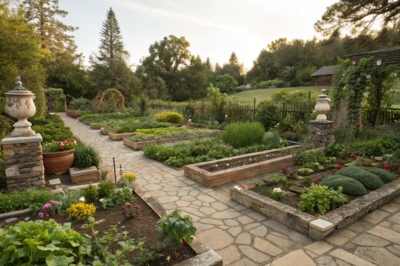1. Raised Bed Marvels
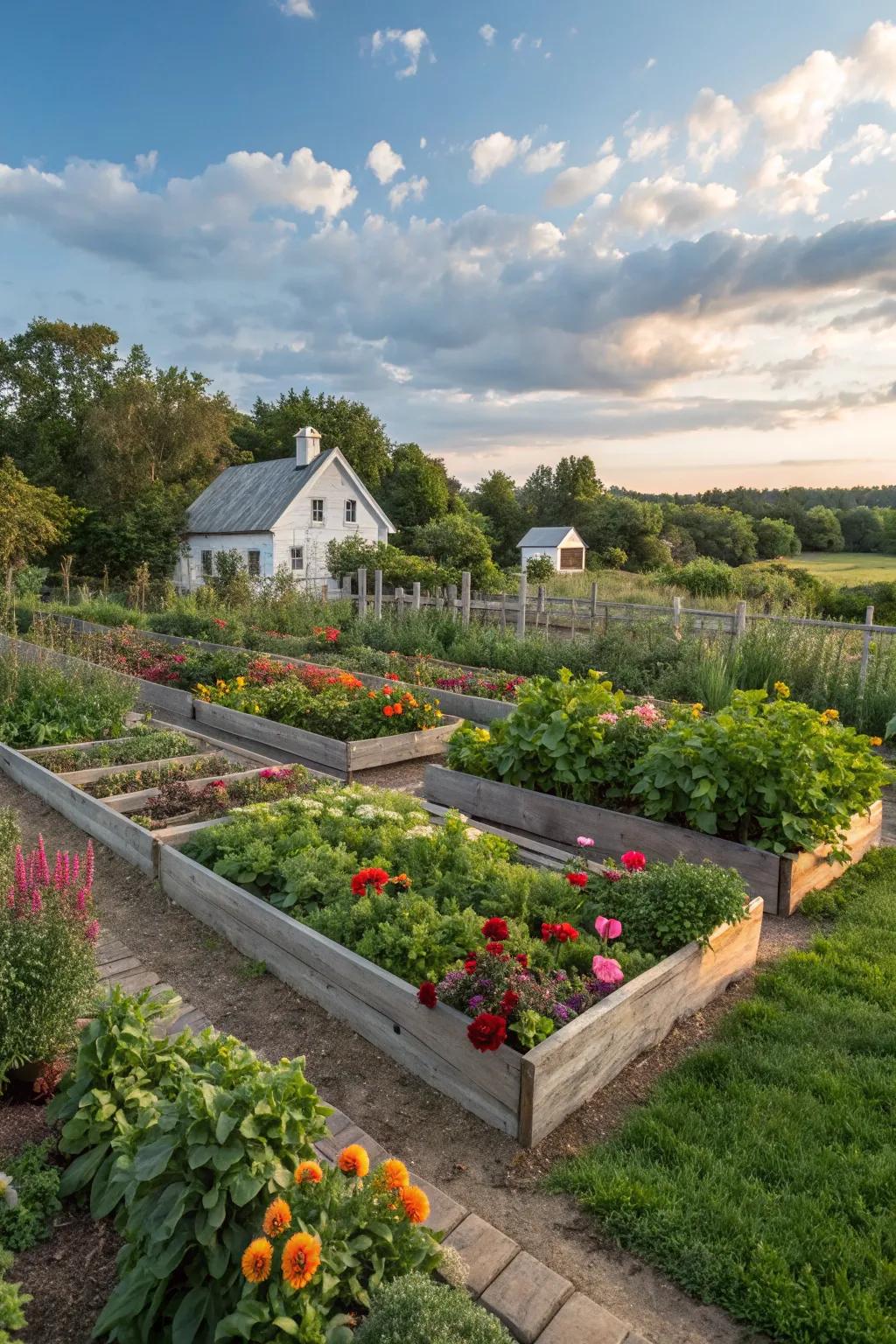
Raised beds are a game-changer for any homestead garden, offering better soil quality and easier maintenance. In my own garden, I love how they help me manage space and create beautiful, organized rows of veggies.
These products might help:
- Wooden Raised Garden Bed Kit: Elevate your planting with sturdy, attractive wooden raised beds for optimal garden organization.
- Garden Soil Mix for Raised Beds: Enhance your plant growth with premium soil mix designed for raised bed gardening success.
- Drip Irrigation Kit for Raised Beds: Ensure efficient watering with an easy-to-install drip irrigation system fitting raised bed layouts.
2. Strategic Crop Arrangement
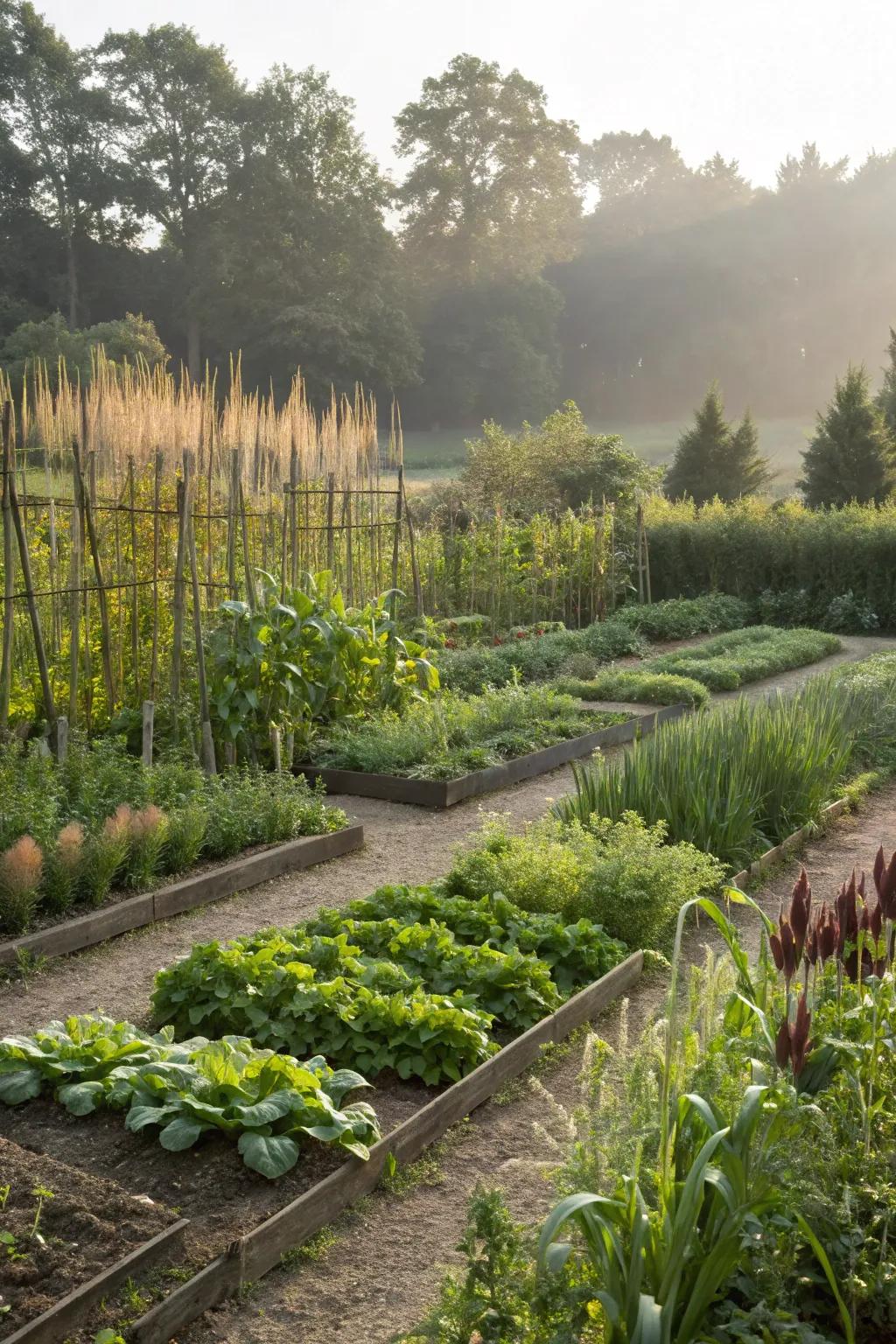
Arranging crops for optimal growth is like playing a strategic game of Tetris. I always make sure to plant taller crops on the north side to avoid shading the shorter ones.
Products that could assist:
- Adjustable Garden Trellis: Enhance your vertical gardening with an adjustable trellis, perfect for supporting tall crops efficiently.
- Plant Markers with Stakes: Easily organize your garden layout by labeling crops with durable plant markers with stakes.
- Raised Garden Beds: Optimize space in your garden with raised beds, allowing better crop arrangement and soil control.
3. Creating Functional Spaces
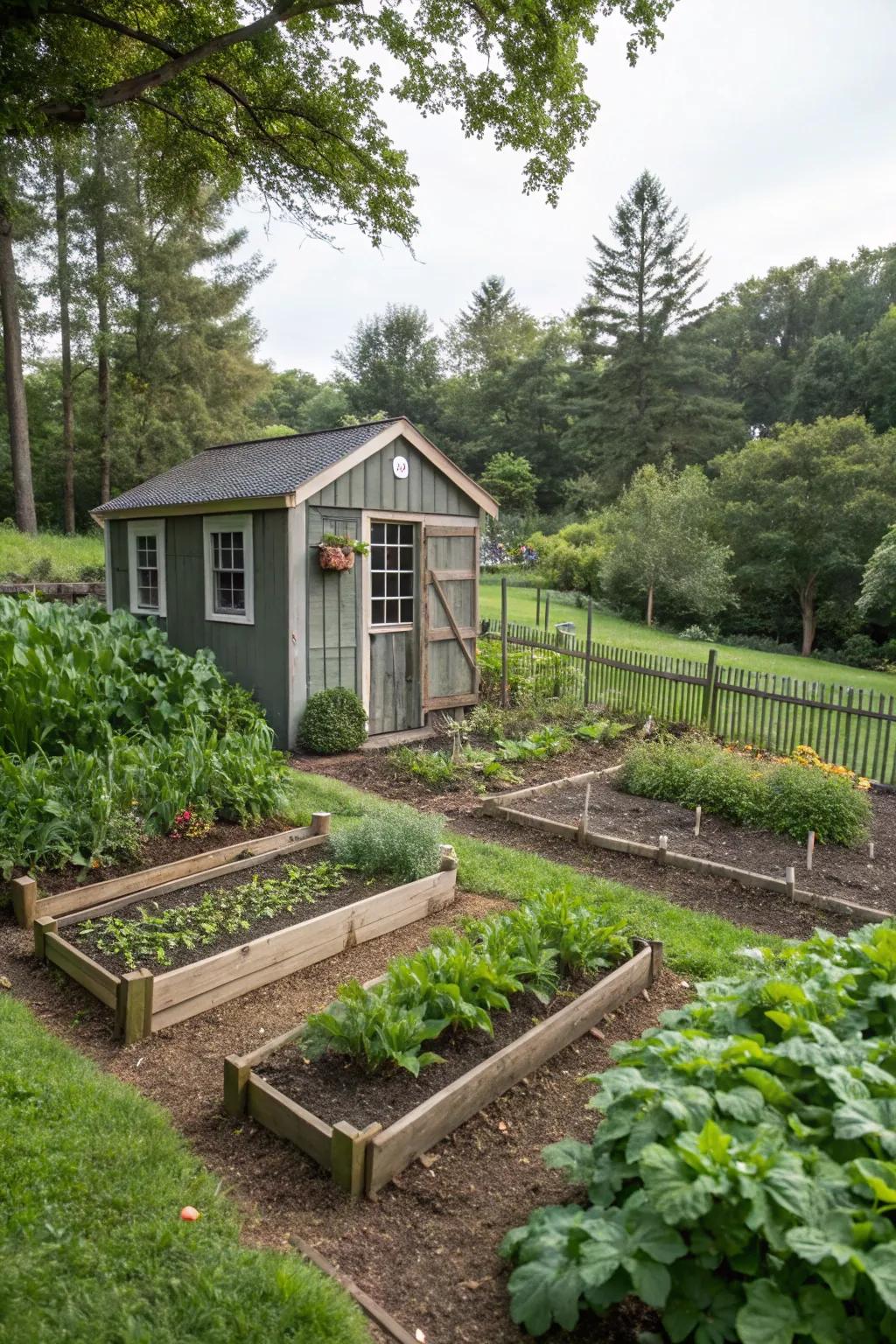
Incorporating functional spaces like compost areas or tool storage is a must. My garden shed doubles as a potting station, making gardening both practical and fun.
Possibly handy products:
- Garden Compost Bin: Transform kitchen scraps into rich compost with a durable garden bin. Enhance your soil naturally!
- Outdoor Garden Tool Shed: Keep your tools organized and accessible with a spacious garden shed. Simplify your gardening tasks!
- Portable Potting Bench: Boost your potting efficiency with a portable bench. Enjoy gardening with ease and style!
4. Zoning for Variety
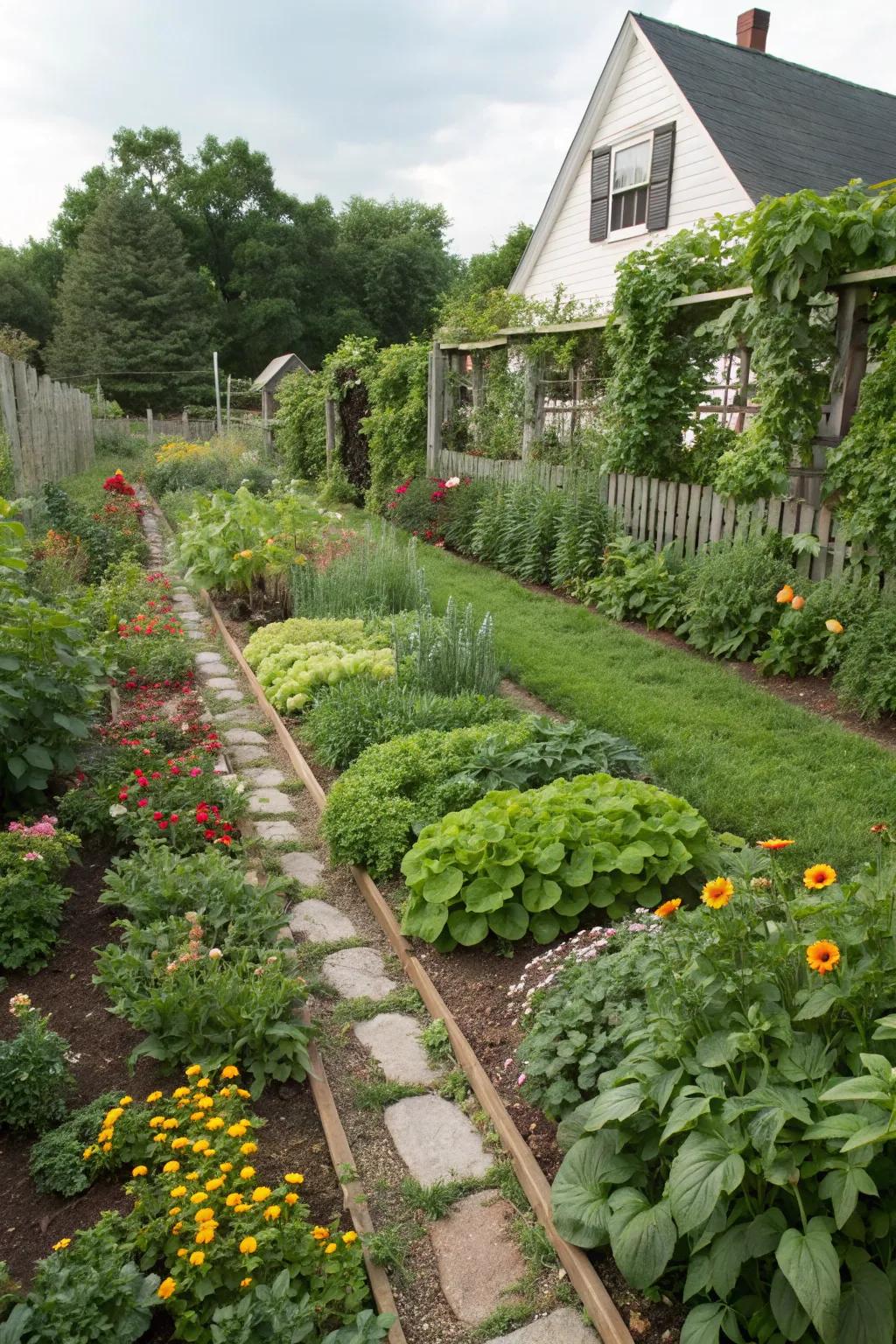
Dividing your garden into zones lets you cater to different plant needs. I find it helpful to have separate areas for herbs, vegetables, and flowers, each with its own vibe.
Maybe worth checking out:
- Raised Garden Bed Kit: Create distinct zones with raised beds, boosting plant growth and garden organization effectively.
- Garden Pathway Edging: Define your garden areas beautifully using sturdy edging for clear, attractive zones.
- Herb Spiral Kit: Optimize space and create a dedicated herb area with an easy-to-assemble spiral kit.
5. Sustainable Practices
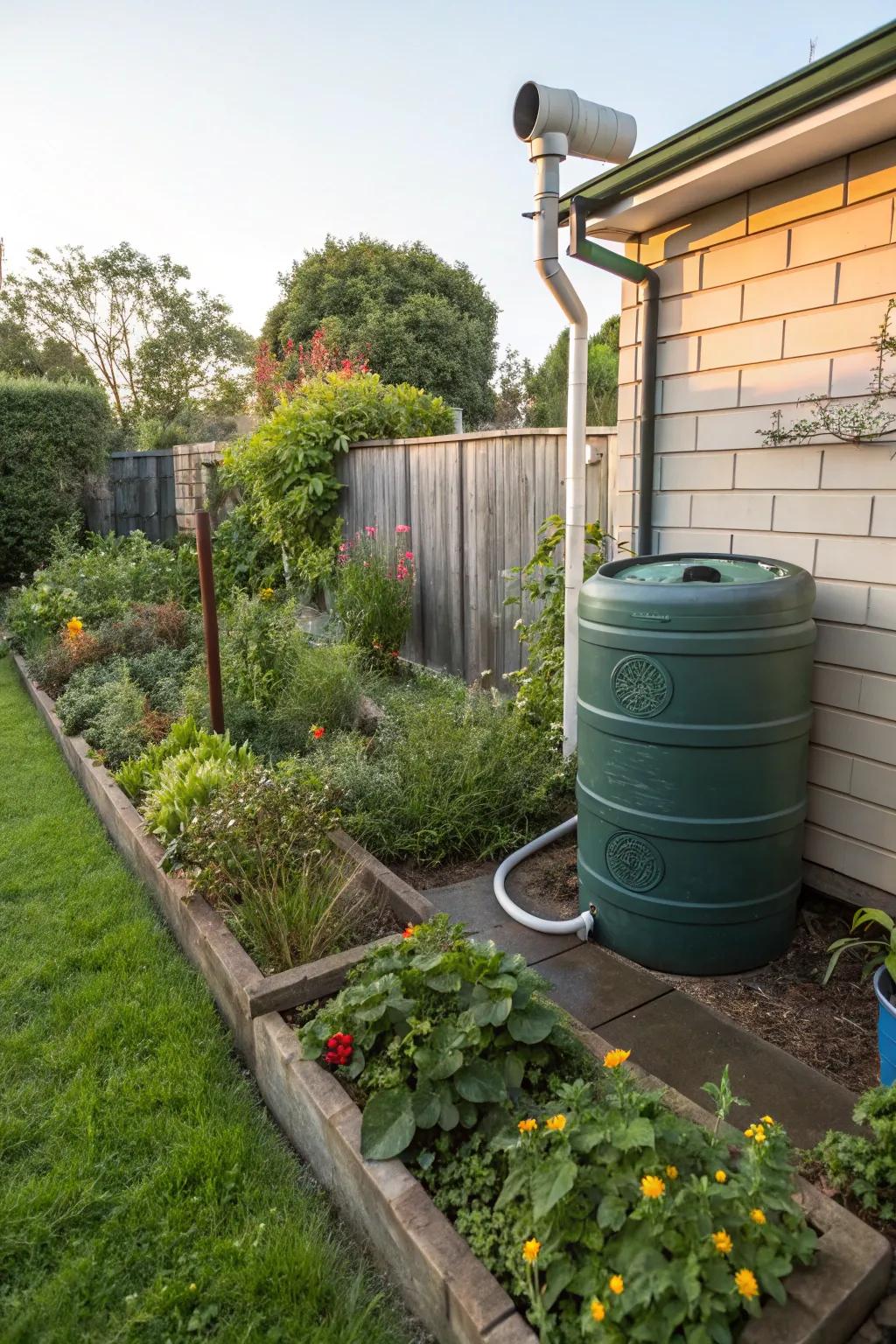
Embracing sustainable practices ensures a thriving garden for years to come. I use composting and rainwater collection to nurture my plants naturally.
Useful items to consider:
- Composting Bin: Transform kitchen scraps into valuable compost to enrich your soil and boost plant growth.
- Rainwater Collection System: Harvest rainwater efficiently to minimize water usage and ensure a greener garden all year.
- Drip Irrigation Kit: Efficiently water your plants with a drip irrigation system, saving both water and time.
6. Companion Planting Magic
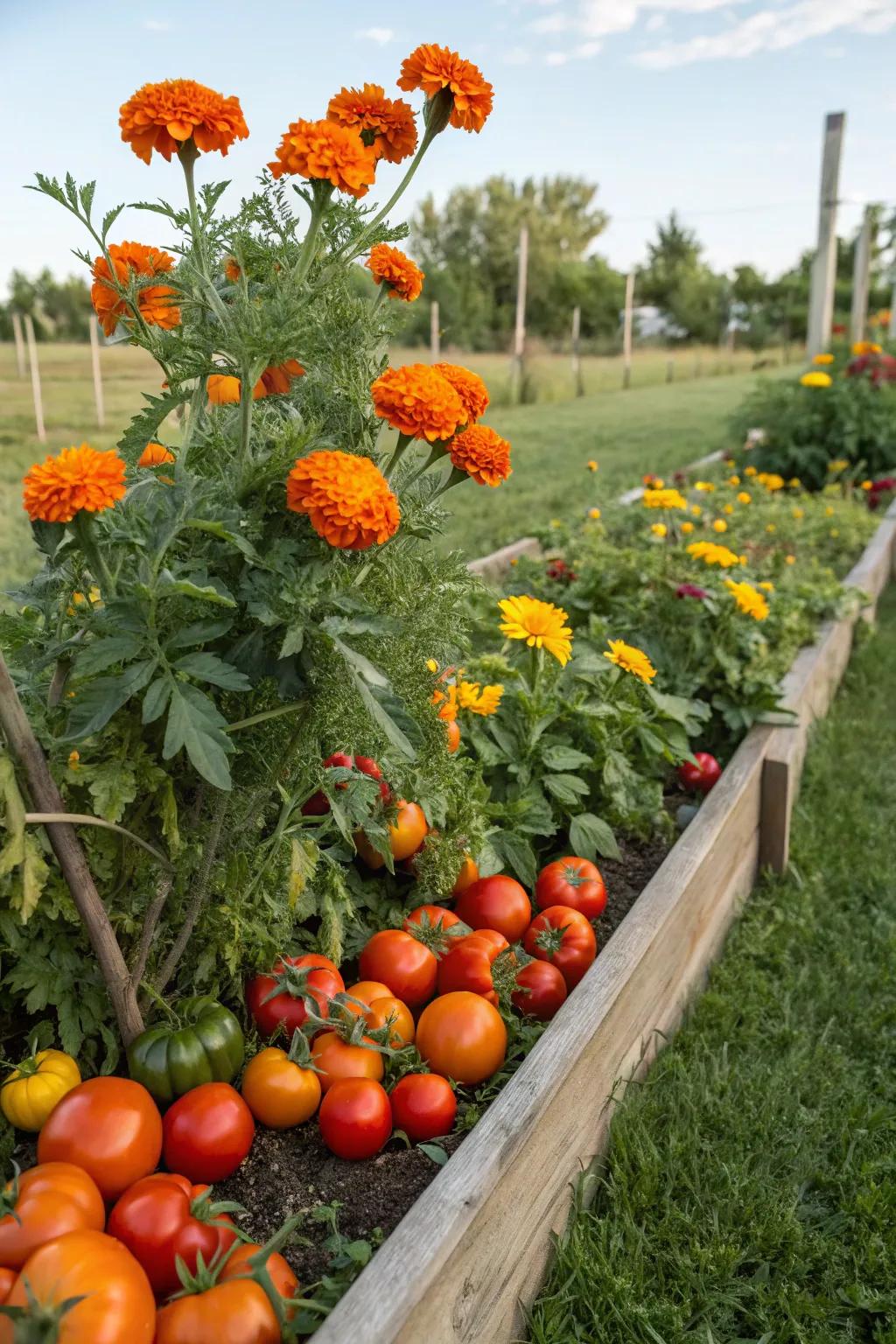
Pairing compatible plants can boost growth and deter pests naturally. In my garden, marigolds work wonders alongside tomatoes, keeping those pesky bugs at bay.
A few relevant products:
- Organic Marigold Seeds: Plant these seeds to naturally deter pests and enhance your tomato garden’s growth and beauty.
- Tomato Plant Supports: Use these supports to keep your tomato plants upright, promoting healthier growth and easier harvest.
- Raised Garden Bed Kit: Build a robust garden setup with this kit, perfect for companion planting with marigolds and tomatoes.
7. Vertical Gardening Wonders
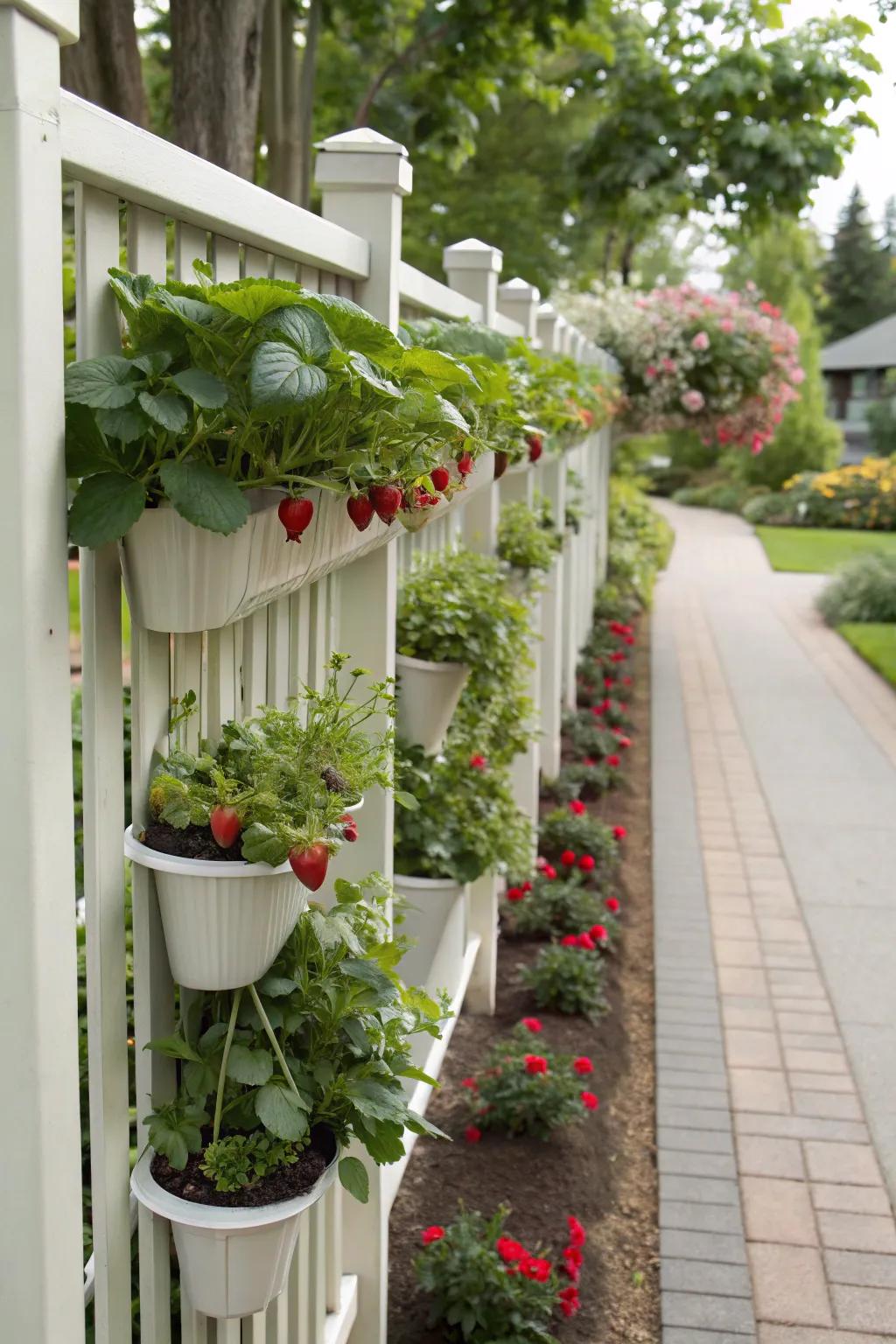
Using vertical space is a brilliant way to maximize a small garden. I’ve hung planters on my fence to grow herbs and strawberries, making the most of every inch.
Some ideas to consider:
- Wall-Mounted Planter Set: Transform your fence into a garden oasis with these easy-to-mount wall planters.
- Stackable Herb and Strawberry Planters: Maximize space by stacking these compact planters for herbs and strawberries on your fence.
- Hanging Planter Hooks: Easily secure your planters to fences or walls with these sturdy hanging hooks.
8. Mixing Textures and Colors

Playing with different plant textures and colors adds depth and interest. I enjoy mixing soft ferns with bold sunflowers for a dynamic look.
You might like:
- Fern Plant Collection: Transform your garden with lush ferns for a touch of softness and vibrant texture.
- Sunflower Seed Pack: Add bold and cheerful sunflowers to your garden for vibrant color and height.
- Garden Perennials Mix: Enhance your garden with assorted perennials for a continuous splash of color year-round.
9. Watering Made Easy

Efficient irrigation is key to a healthy garden. Setting up a drip irrigation system was a game-changer for me, ensuring every plant gets just the right amount of water.
Might be a good match:
- Drip Irrigation Kit: Ensure precise watering for each plant with this customizable drip irrigation kit.
- Soaker Hose System: Effortlessly maintain even moisture levels throughout your garden with this soaker hose system.
- Automatic Garden Water Timer: Set and forget your watering schedule with this easy-to-use automatic water timer.
10. Aesthetic Borders
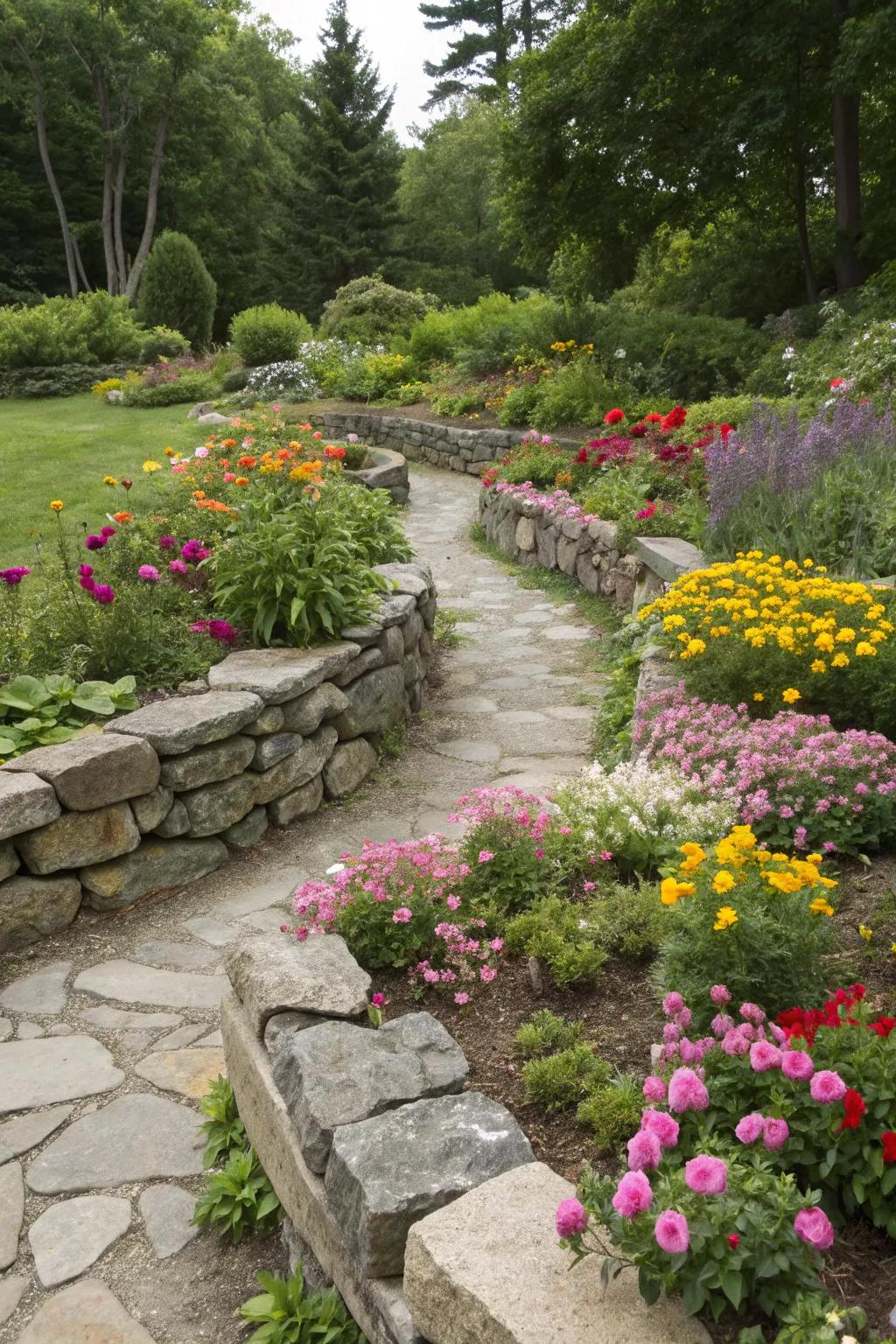
Adding decorative borders to your garden gives it a polished look. I use a mix of stones and low-growing flowers to frame my garden beds beautifully.
Items that may come in handy:
- Decorative Garden Stones: Enhance your garden’s borders with elegant stones for a timeless and structured look.
- Low-Growing Flower Seeds: Cultivate vibrant borders by planting these beautiful, low-growing flowers along your garden edges.
- Garden Edging Kits: Achieve a neat and polished finish for your garden beds with easy-to-install edging kits.
11. Pathways for Easy Access

Creating clear pathways in your garden not only adds charm but also makes maintenance a breeze. I use gravel paths to keep my shoes mud-free and my plants easy to reach.
A few helpful options:
- Decorative Garden Edging Stones: Enhance your garden’s pathways with stylish edging stones that blend elegance with durability.
- Gravel Pathway Stabilizer: Maintain neat gravel paths with a stabilizer that prevents shifting and reduces maintenance effort.
- Garden Pathway Lighting: Light up your garden paths with solar-powered lights for safety and ambiance after dark.
12. Seating Nooks for Relaxation
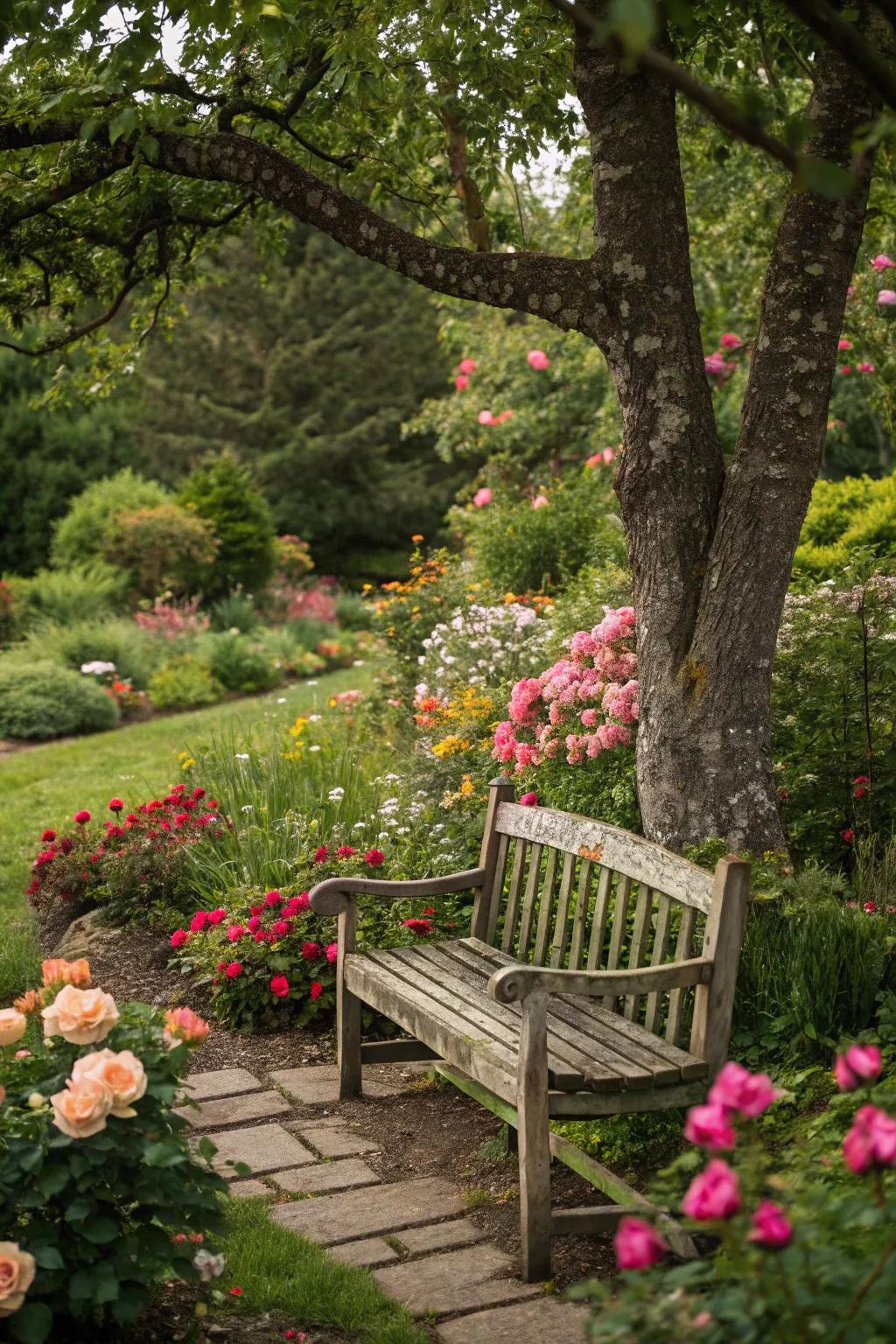
Creating cozy seating areas invites you to enjoy your garden more. My favorite spot is a rustic bench under a shady tree, perfect for a morning coffee.
Some handy options:
- Wooden Garden Bench: Enhance your garden with a classic wooden bench, perfect for serene morning coffee breaks.
- Outdoor Seat Cushions: Add comfort to your seating nook with cozy, weather-resistant outdoor seat cushions for ultimate relaxation.
- Garden Side Table: Complete your relaxation spot with a small garden side table for your cup and book.
13. Edible Landscaping
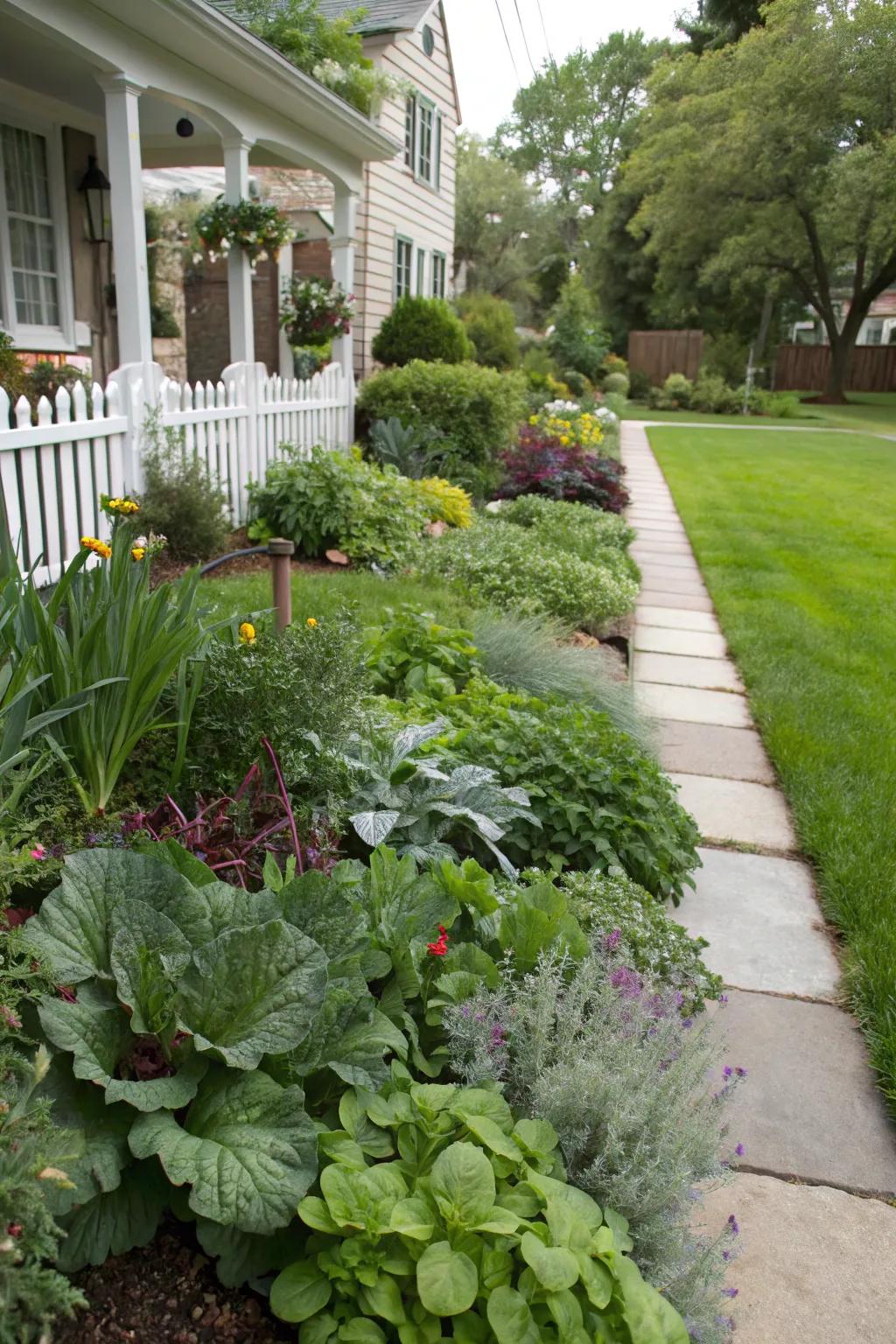
Combining aesthetics and edibles is both practical and beautiful. My front yard features edible flowers and vegetables mixed with traditional landscaping plants.
Give these a look:
- Raised Garden Bed Kit: Enhance your garden layout with easy-to-install raised beds for convenient planting and harvest.
- Edible Flower Seed Pack: Transform your landscape with vibrant edible flowers for both beauty and culinary use.
- Drip Irrigation Kit: Optimize your garden’s watering system effortlessly with a user-friendly drip irrigation setup.
14. Container Gardening Delights
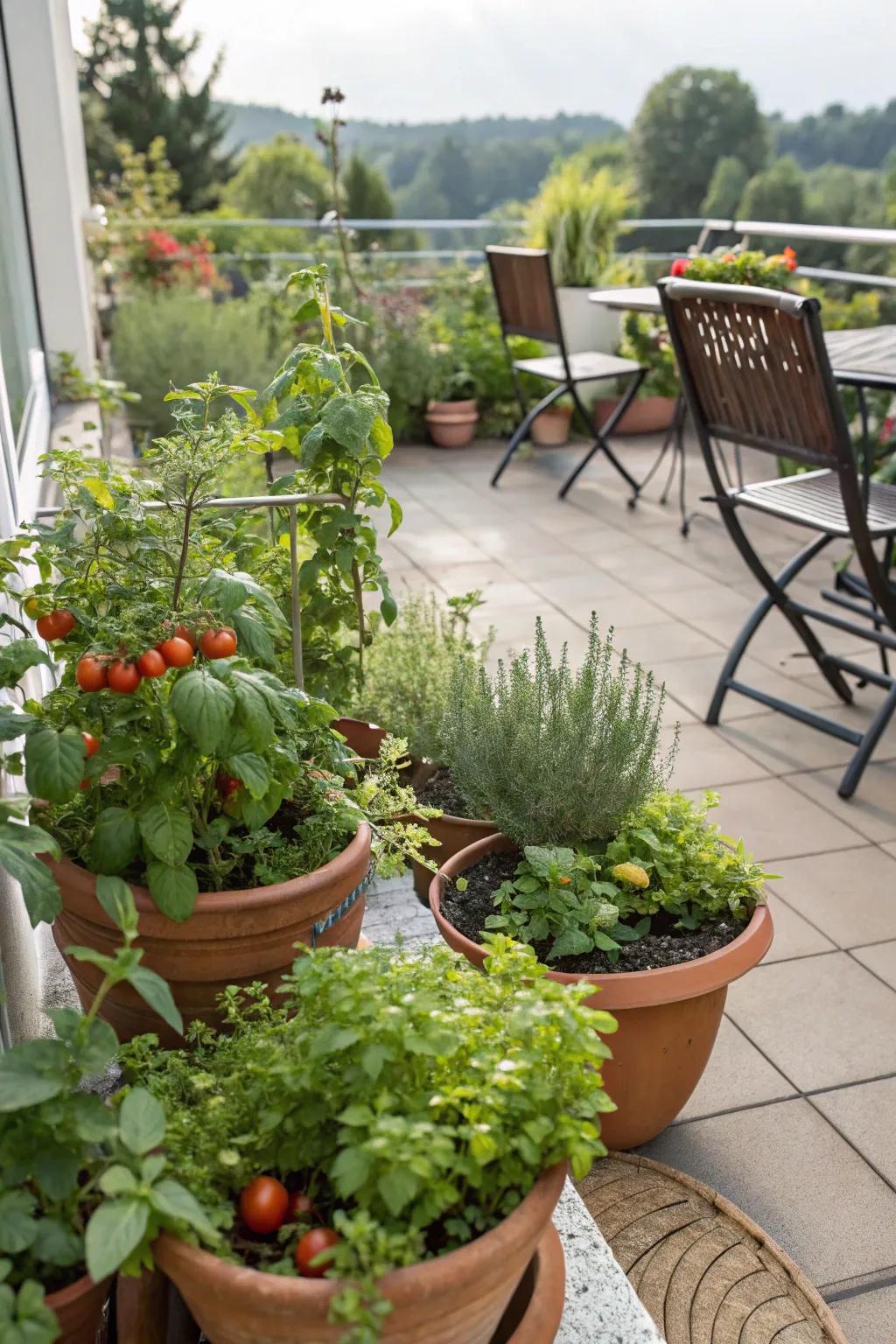
Containers offer flexibility and mobility for your garden. Whether it’s herbs on a windowsill or tomatoes on my patio, containers are a versatile option.
A few choices to try:
- Ceramic Plant Pots Set: Enhance your patio garden with durable ceramic pots. Perfect for herbs and small vegetables.
- Self-Watering Herb Planters: Ensure your herbs thrive with self-watering planters, ideal for busy gardeners needing easy maintenance.
- Adjustable Plant Stand: Elevate your container garden with an adjustable plant stand, perfect for optimizing your space.
15. Fruit Tree Espalier

Espaliered fruit trees are a stunning way to grow fruit in limited space. I’ve trained my apple trees along my fence, adding both fruit and charm.
Check if these fit your needs:
- Espalier Training Kit: Streamline your fruit tree training with this easy-to-use espalier kit. Perfect for any gardener.
- Sturdy Garden Trellis: Support your growing fruit trees with a durable garden trellis. Enhance your garden’s appeal effortlessly.
- Biodegradable Garden Ties: Secure branches carefully with biodegradable ties. A sustainable choice for healthy tree growth.
16. Planning for All Seasons
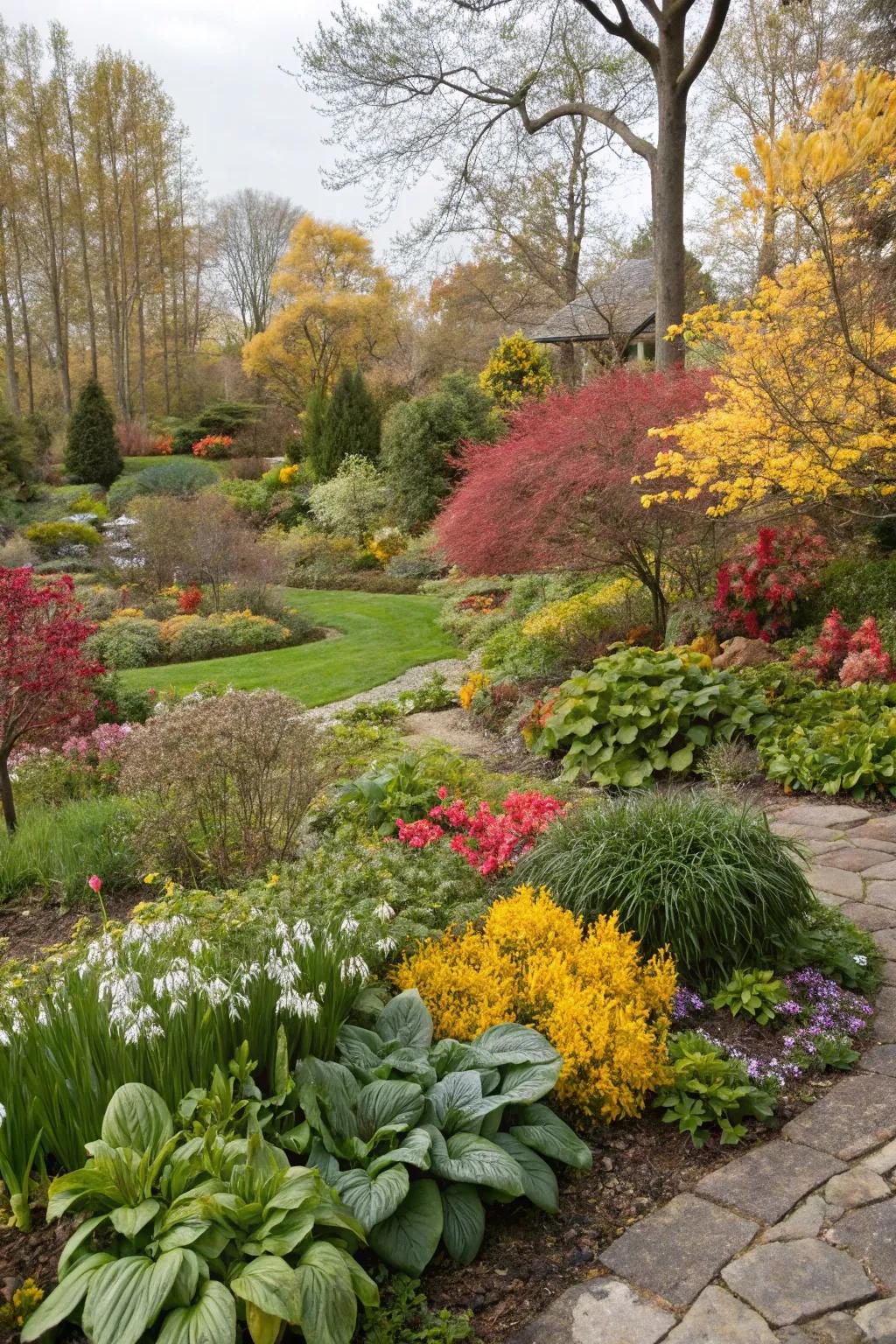
Designing your garden with the seasons in mind keeps it thriving year-round. I always have a plan for spring blooms, summer veggies, and even winter greens.
A few things you might like:
- Perennial Flower Seed Mix: Brighten your garden with a diverse perennial mix, ensuring colorful blooms throughout each season.
- Seasonal Vegetable Seed Collection: Cultivate a seasonal harvest with a variety of easy-to-grow vegetable seeds for year-round produce.
- Winter Garden Protection Cloth: Protect your plants from harsh weather with a durable winter garden cloth for continuous growth.
17. Incorporating Art and Sculptures

Art pieces and sculptures add personality and charm to your garden. I love how my metal sculptures peek through the foliage, offering surprises around every corner.
May just do the trick:
- Stainless Steel Garden Spheres: Add reflective beauty to your garden with stainless steel spheres that captivate and delight visitors.
- Abstract Metal Garden Sculptures: Introduce unique charm with abstract metal sculptures that offer a modern edge to your garden space.
- Solar-Powered Garden Sculptures: Enhance evening sparkle with solar garden sculptures, providing an enchanting glow throughout the night.
18. Incorporating Water Features
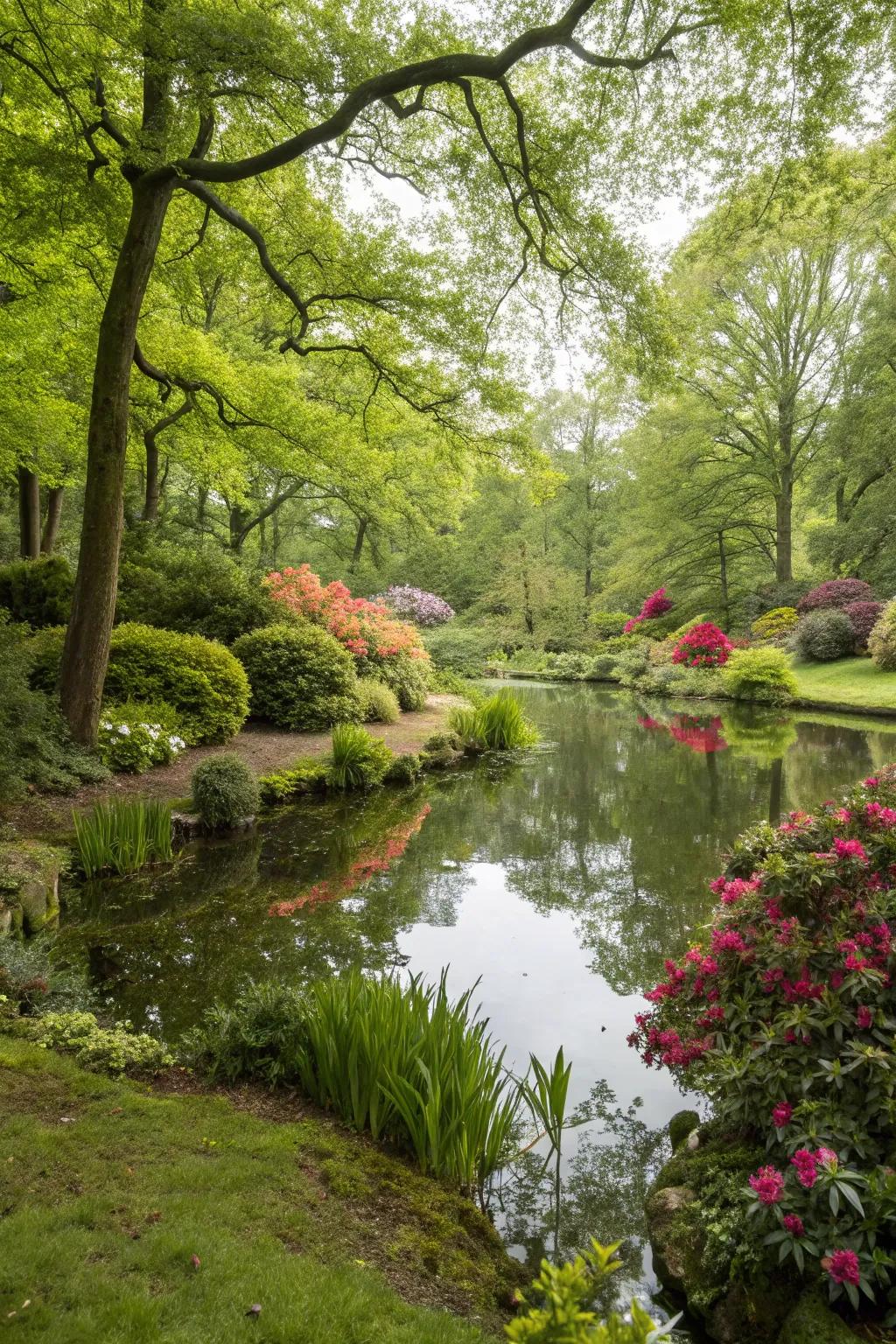
A small pond or fountain can add tranquility and attract wildlife. I love the gentle sound of water in my garden, and the birds love it too!
A few suggestions:
- Outdoor Garden Fountain: Enhance your garden’s tranquility with a soothing fountain, delighting both you and visiting wildlife.
- Small Garden Pond Kit: Create a serene garden pond to attract birds and enhance your outdoor relaxation space.
- Solar Water Pump: Elevate your garden’s ambiance with an eco-friendly solar pump, perfect for ponds and fountains.
19. Incorporating Structures
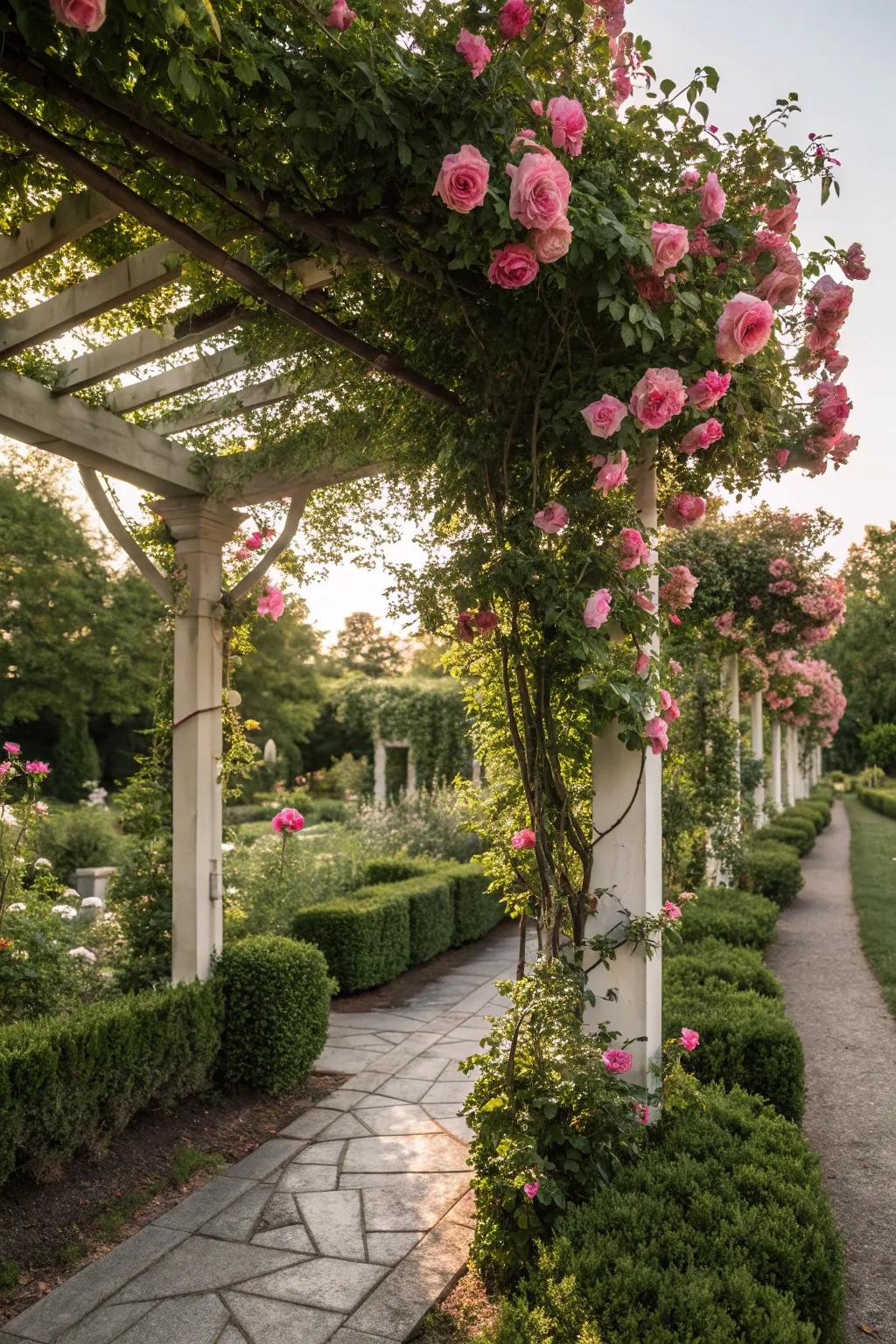
Garden structures like trellises or arches add height and interest. I love how my climbing roses drape over a rustic arch, creating a romantic entrance.
Possibly helpful picks:
- Garden Arch Trellis: Enhance your garden’s entrance with a classic arch, perfect for climbing roses and vines.
- Rustic Wooden Pergola: Create a shaded retreat with a charming pergola, adding height and elegance to your garden.
- Wrought Iron Trellis: Introduce vertical interest with a sturdy iron trellis, ideal for supporting your favorite blooms.
